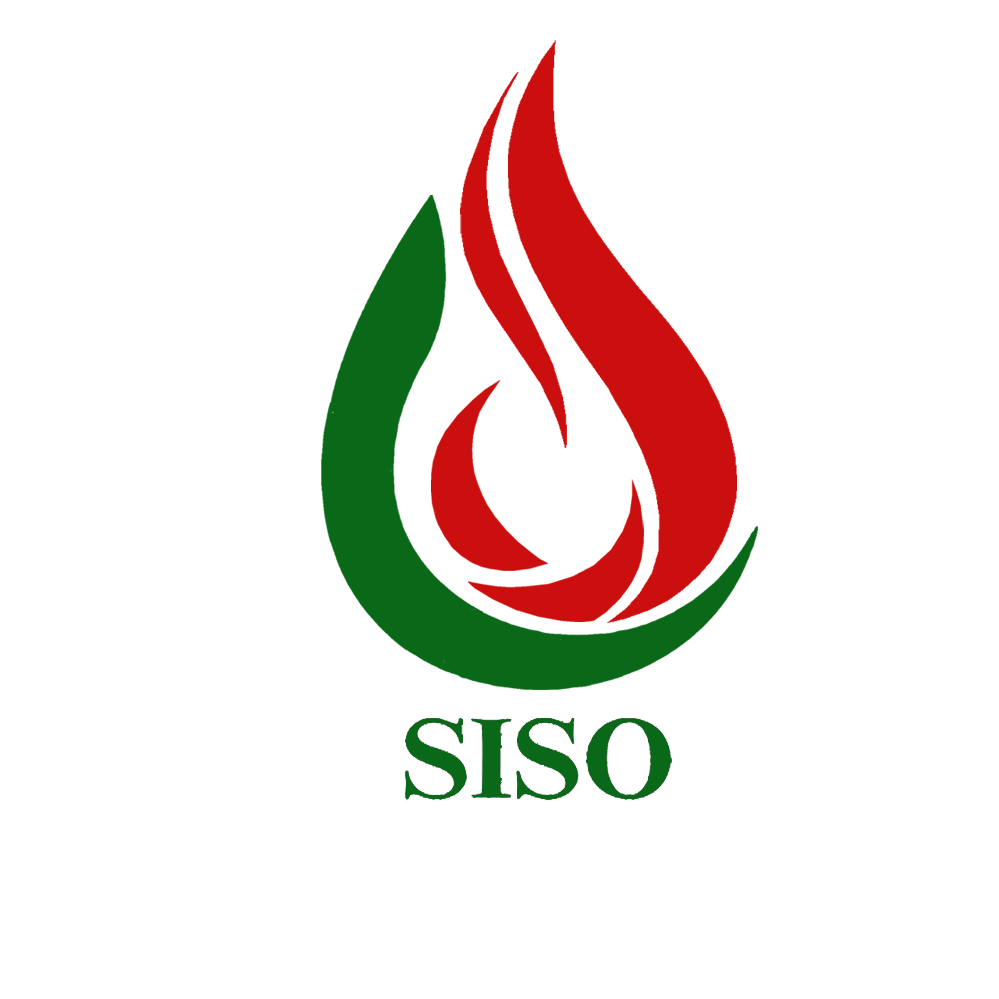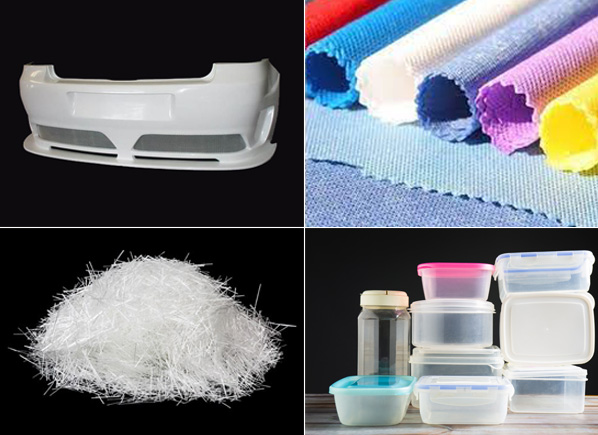Polypropylene
Polypropylene (PP) is a thermoplastic polymer widely used in various industries. It’s known for its versatility, durability, and resistance to chemicals. There are different types of polypropylene based on the manufacturing process and intended applications.
Production Method:
-
- Polypropylene is produced through the polymerization of propylene monomers. The process typically involves using a catalyst system, such as Ziegler-Natta or metallocene catalysts.
- The polymerization can occur in either a gas phase, slurry phase, or bulk phase reactor, each affecting the properties of the resulting polypropylene.
Usage:
-
- Packaging: bottles, caps, and flexible packaging.
-
- Textiles: carpets, clothing, and other fabrics.
-
- Automotive: bumpers, interior trims, and fuel systems.
-
- Medical: medical packaging, often incorporate PP.
-
- Consumer Goods: containers, appliances, and toys.
Processing Methods:
- Injection Molding: Commonly used for producing various molded products, such as containers, caps, and automotive components.
- Extrusion: PP is extruded into films, sheets, and pipes for packaging, construction, and other applications.
- Blow Molding: Utilized for the production of bottles and containers.
Properties of Polypropylene:
- Chemical Resistance: PP is highly resistant to many chemicals, making it suitable for applications where exposure to different substances is a concern.
- Lightweight: It has a low density, contributing to its use in lightweight products and packaging.
- Heat Resistance: Polypropylene can withstand high temperatures, making it suitable for items used in hot-fill processes or those requiring sterilization.
- Electrical Insulation: PP’s insulating properties make it valuable in electrical and electronic applications.
For more information on the product grades and data sheet, please feel free to contact us

